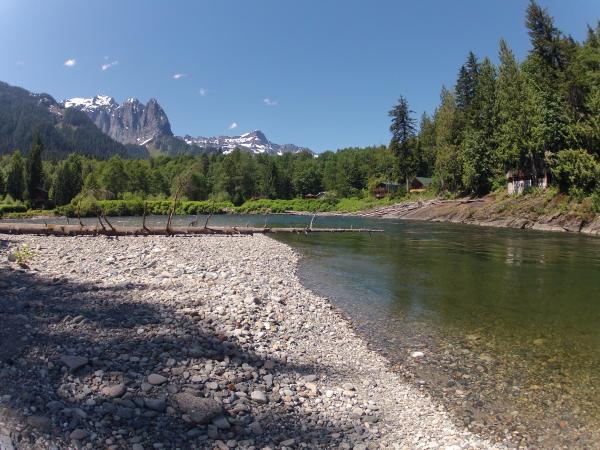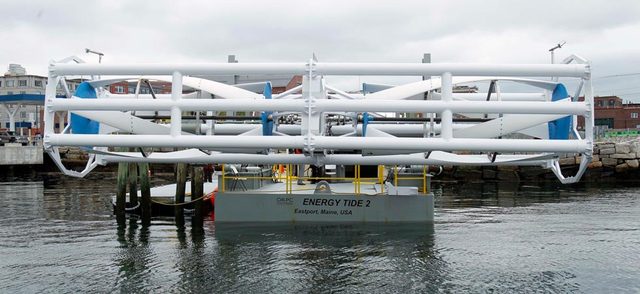
Courtesy Andrea Matzke
April 16, 2014 KPLU.org
Plans to put a dam on one of Washington’s most scenic rivers have been called off.
The Snohomish County Public Utilities District says it has a better plan for the area on the Skykomish River near Index. But opponents of the project say it’s still too early to declare a victory.
Snohomish County PUD was planning an inflatable weir for the bend in the river near Sunset Falls, not far from Index. The utility said it had a design that would rise and fall with the river, making it safe for endangered fish runs and minimally disruptive to the scenic value of the area.
But environmental groups and local property owners disagreed, and came out in force to raise their objections with federal regulators.
Now, the PUD says it has a better plan.
“We no longer need a dam, weir or in-river structure,” said assistant general manager Kim Moore.
A Switch To ‘Better Designs’
Moore says extensive studies of the area led the utility to see they could forego the dam, but still put turbines and a tunnel in at the bend in the river near Sunset Falls. And he says it would still produce enough power for about 10,000 homes on average, but would save $10 million and a whole season of construction.
“We’ve just come up with better designs that accomplish reduced cost, reduced impacts, reduced construction. We know the area much better now than we did a year ago,” Moore said.
Opponents Concerned About Preserving The Scenic Waterway
Opponents of the project say it’s risky to divert any water from a river that is home to endangered salmon. And the river is one of just a handful designated as state scenic waterways in Washington.
‘There have been only four rivers that have made that cut, and the Skykomish is one of them,” said Andrea Matzke, a local property owner and president of a new group, Wild Washington Rivers.
Matzke says she’ll keep fighting any hydro project at Sunset Falls, whether a dam is involved or not, because it’s an inappropriate place to put an industrial project. Among the mounting concerns is the potential for mudslides in the area.
“This is an unstable area. Why would they be risking people, even their workers, by bringing in heavy equipment and blasting?” Matzke said.
Early Days Yet
The PUD says it’s still one of the best potential areas they have for developing new sources of alternative energy.
And it’s early days yet. The new plan must be submitted to federal regulators, and getting it licensed would likely take at least three years.


